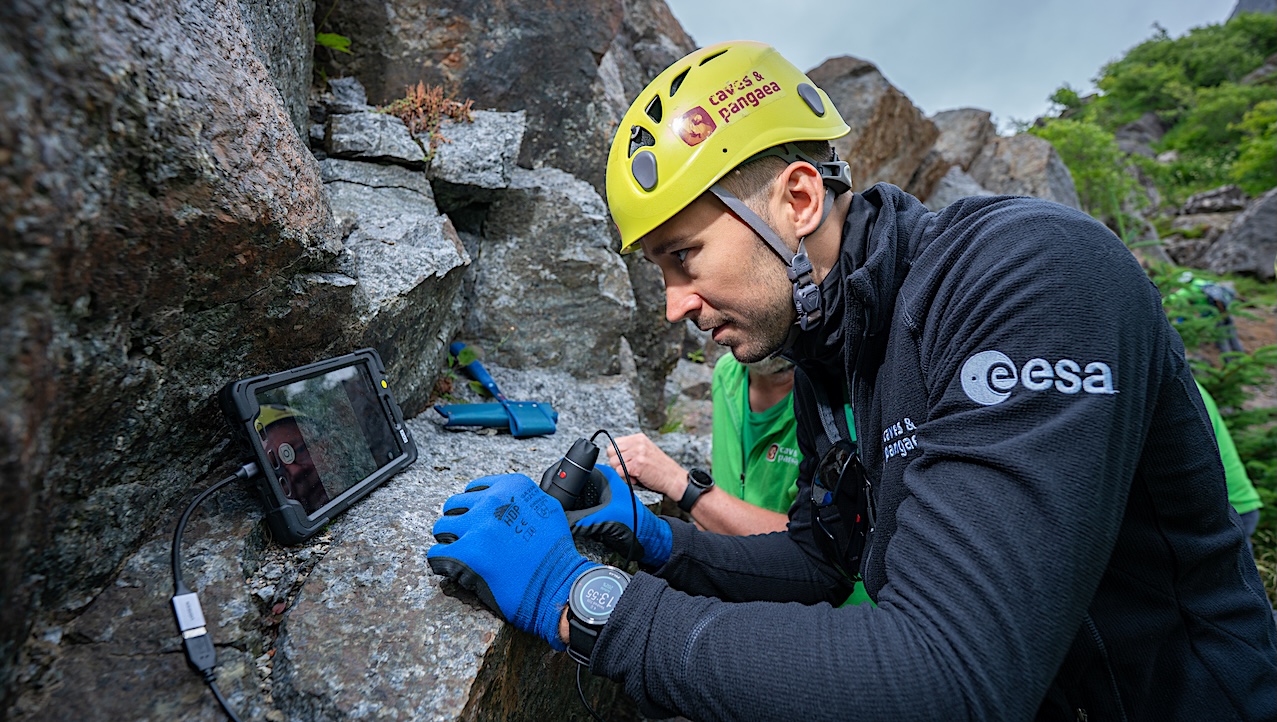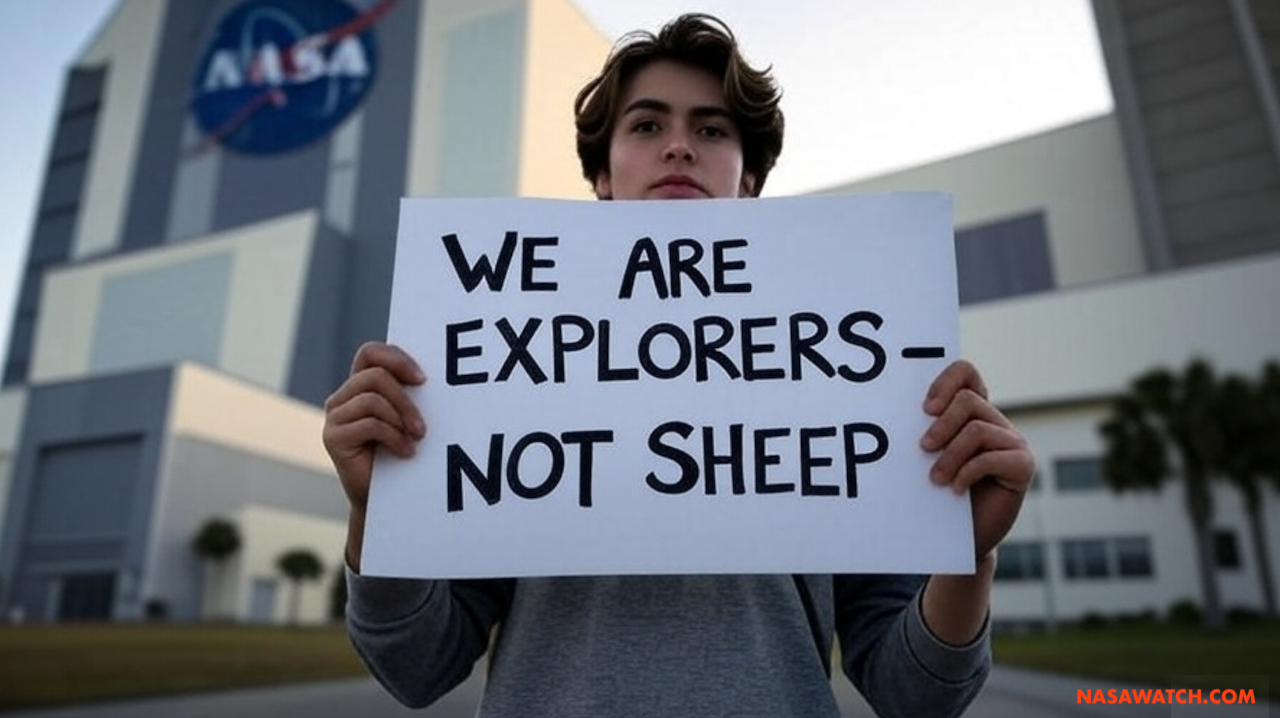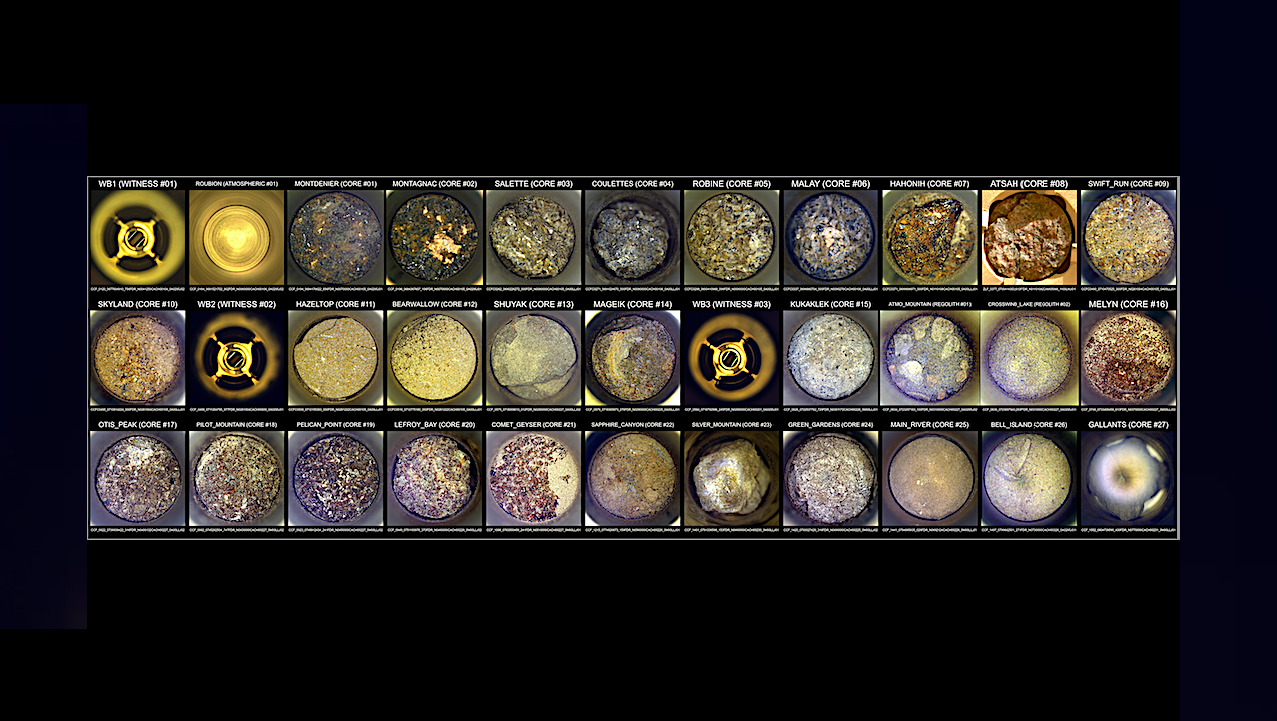Keith’s note: To those who like to minimize layoffs at NASA and its contractor workforce: I did not come out of retirement to help my extended family just to listen to you rationalize this massive hit on NASA as a “routine” or “voluntary”…
Category: 2. Space
-
Stellar Ancestry Unlocked: Chemical and Orbital Clues Link Metal-poor Stars to Globular Clusters and the Galaxy’s Thick Disk
This study presents a detailed chemical, kinematic, and orbital dynamic analysis of five metal-poor stars in the solar neighborhood: HD 2665, HD 5916, HD 122956, HD 189349, and HD 218857. Using high-resolution spectroscopic data from the ELODIE…
Continue Reading
-
Apache Point Observatory Follow-up of ACcelerating Candidate ExopLanet Host Stars (APO ACCELS): Ages for 166 Accelerating Stars in the Northern Hemisphere
Directly imaged substellar companions with well-constrained ages and masses serve as vital empirical benchmarks for planet formation and evolution models. Potential benchmark companions can be identified from astrometric accelerations of their…
Continue Reading
-
Secular Resonances in Planet-hosting Binary Stars. I. General Theory
Motivated by the diversity of circumstellar planets in binary stars and the strong effects of the secular resonances of Jupiter and Saturn on the formation and architecture of the inner solar system, we have launched an expansive project on…
Continue Reading
-
Exoplanet Classification Through Vision Transformers with Temporal Image Analysis
The classification of exoplanets has been a longstanding challenge in astronomy, requiring significant computational and observational resources. Traditional methods demand substantial effort, time, and cost, highlighting the need for advanced…
Continue Reading
-
Metal-polluted White Dwarfs with 21 μm IR Excesses from JWST/MIRI: Planets or Dust?
White dwarfs with metal pollution are caused by the accretion of rocky dust from tidally disrupted minor bodies and are signposts for planetary systems. These minor bodies are perturbed by planets that have survived post-main-sequence evolution….
Continue Reading
-
IRAS 16475–4609: A Young Compact H II Region Sculpting its Molecular Environment
We present a near-infrared spectroscopic and imaging analysis of the star-forming region IRAS 16475−4609, based on TripleSpec/SOAR spectroscopy and NEWFIRM/CTIO imaging, complemented by archival radio and submillimeter data. Our spectroscopic…
Continue Reading
-
Exploring the Wolf Approach to Constraining NIR Extinction Laws in the Corona Australis Molecular Cloud
The viability of the star count (Wolf) method is assessed as a means of constraining the near-infrared (NIR) extinction law toward the Corona Australis molecular cloud. Using deep JHKS photometry from the VISIONS survey, extinction maps with 1′…
Continue Reading
-

ESA AWAY Team Training – CAVES And PANGEA 2025
Explorers Club Fellow, ex-NASA Space Station Payload manager/space biologist, Away Teams,…
Continue Reading

